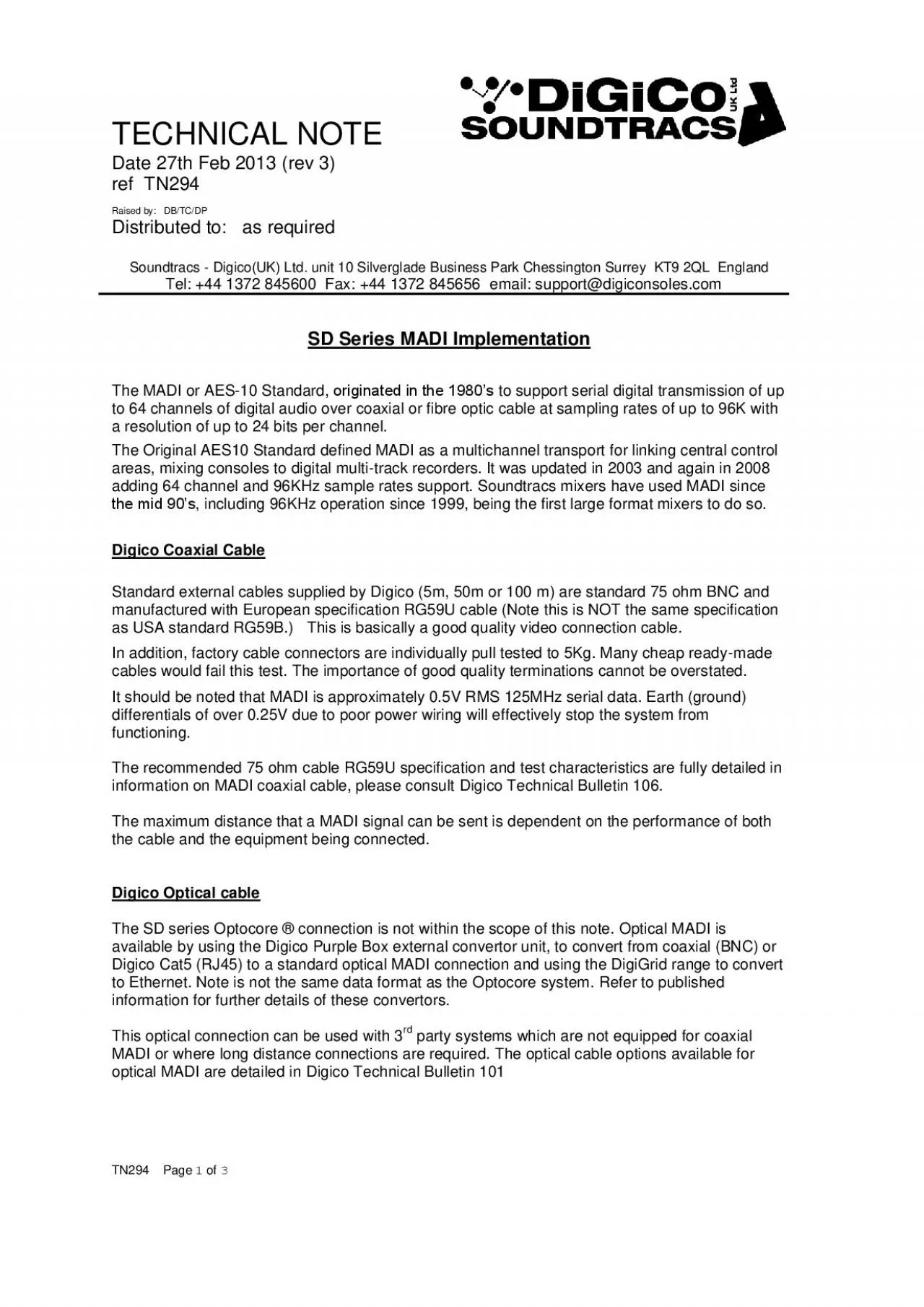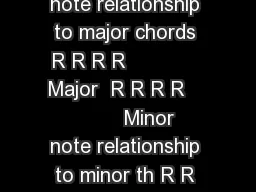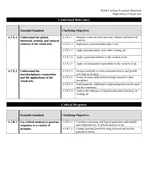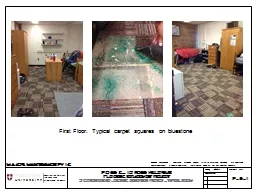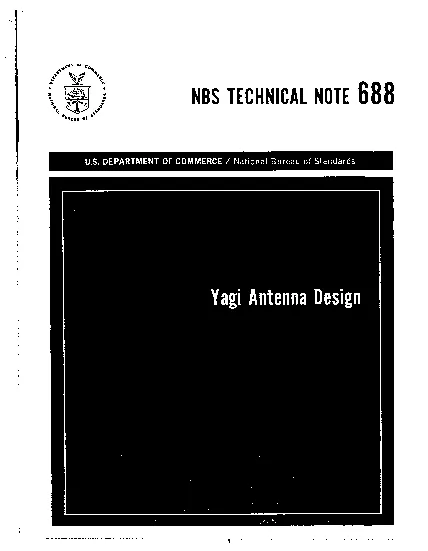PDF-TECHNICAL NOTE
Author : tabitha | Published Date : 2021-08-31
TN294 Page 1of 3Date27th Feb 2013rev 3ref TN294Raised by DBTCDPDistributed to as requiredSoundtracs DigicoUKLtd unit 10 Silverglade Business Park ChessingtonSurrey
Presentation Embed Code
Download Presentation
Download Presentation The PPT/PDF document "TECHNICAL NOTE" is the property of its rightful owner. Permission is granted to download and print the materials on this website for personal, non-commercial use only, and to display it on your personal computer provided you do not modify the materials and that you retain all copyright notices contained in the materials. By downloading content from our website, you accept the terms of this agreement.
TECHNICAL NOTE: Transcript
Download Rules Of Document
"TECHNICAL NOTE"The content belongs to its owner. You may download and print it for personal use, without modification, and keep all copyright notices. By downloading, you agree to these terms.
Related Documents

